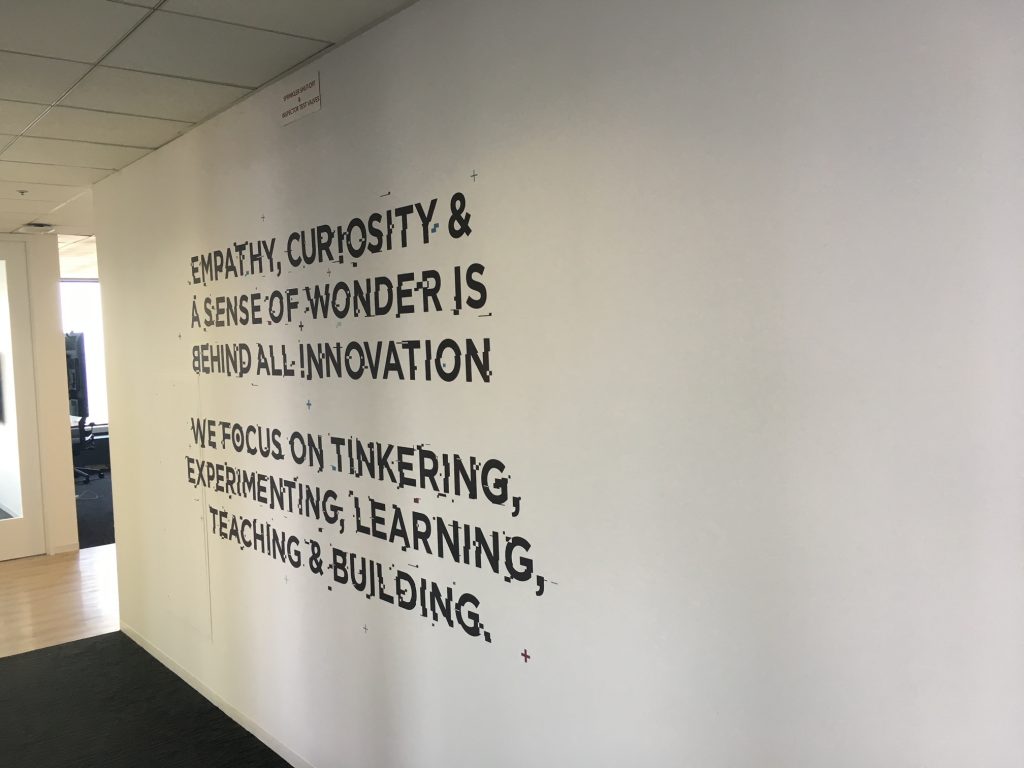I had a conversation a few days ago with a friend works for a financial data company that is trying to reinvent itself as a technology start-up. We laughed at how large firms do not understand that large innovation comes in small packages, not large bureaucratic packages. That was exactly my message last week….there is the Highbridge or the Athena route, and the latter never works. My friend had innovated within his own group and found that a 1000x improvement could not be implemented because of political reasons. Keep in mind, this is at a company where speed matters.
Past Golden Ages.
I was recruited to industry, largely because my lead article in the October 2001 Journal of Finance was recognized in its preprint form as a more sophisticated version of the Black-Litterman model. I was recruited to implement it, and it almost immediately began to manage $20 billion AUM. That turned around an ailing asset allocation group, and then I saw the games begin. In short, I talked to a Stanford Ph.D. who worked at Blackrock Scientific recently and tended my model for five years and as we talked about it, he said “That was the Golden Age of Blackrock Scientific…where people actually did things!”
Now, as wonderful as that sounds, our Golden Age was a really small group of four people. That group was given the wheel after Barclays Global Investors (BGI) had spent a huge amount of money attempting to recoding Barr Rosenberg’s codebase in Ada and investing in a start-up out of Caltech. Both prior projects were massive blow-ups, betting the farm and then losing it. Then they gave a little group a tiny sliver of the budget of the previous projects because they had to and then against all odds we succeeded.
Funny thing…in a very sad way, Credit Suisse tried to copy that failed second Caltech/BGI effort mixing it up its zero result with our successful “third and long” project. That fourth quarter “Hail Mary” was their AI Lab led by one of the same people senior people on the failed Caltech/BGI effort years before. The head of Credit Suisse’s AI Lab invited me visit before it blew up and I took pictures to preserve it for posterity. Below, I’ve posted a few pictures from that visit.
The Swarovski Crystal Ball and The Ship of the Damned



Captain, My Captain
While much of what happened at CS was about the team, I have to blame the CS AI Lab on the leadership of Credit Suisse. Everyone in the C-Suite and Board of Directors met with the head of the Lab and approved it. They gave him almost total autonomy after that, and then lost everything. I know this because the head of the Lab called me every week at the University of Utah to give me an update and ask me questions. You see, he’d never run money, or run a working investment project. He was close personal friends with the CS Board member Sebastian Thrun and they were going to change the world, if they could just find someone to tell them how to use a GPS or more appropriately what a GPS is (I’m snarky, it’s Friday ;). For those of you not familiar, Thrun was famous for leading Google’s self-driving car team. From my examination it only looked like he “discovered” Bayesian statistics. Evidentially, that whopping success made Credit Suisse decide he was the man to help them reinvent finance…only if and he and his chosen AI Lab director could get some remedial tutoring on the subject.
I guess my Friday rant is, don’t go back in time to Golden Ages, but strive to be become someone in a future Golden Age. We have never had better computers and languages than we do now, but we’ve also never had such ineffective code in large financial organizations. This was the very topic of A New Golden Age of Computer Architecture by Hennessey and Patterson. If you haven’t read it, please do. This idea is important, even more so if one is a Captain of Industry…we have too many Ships of the Damned that will soon be sinking because they cannot accept 1000x improvements and the “lifeboats” that are offered to them!

